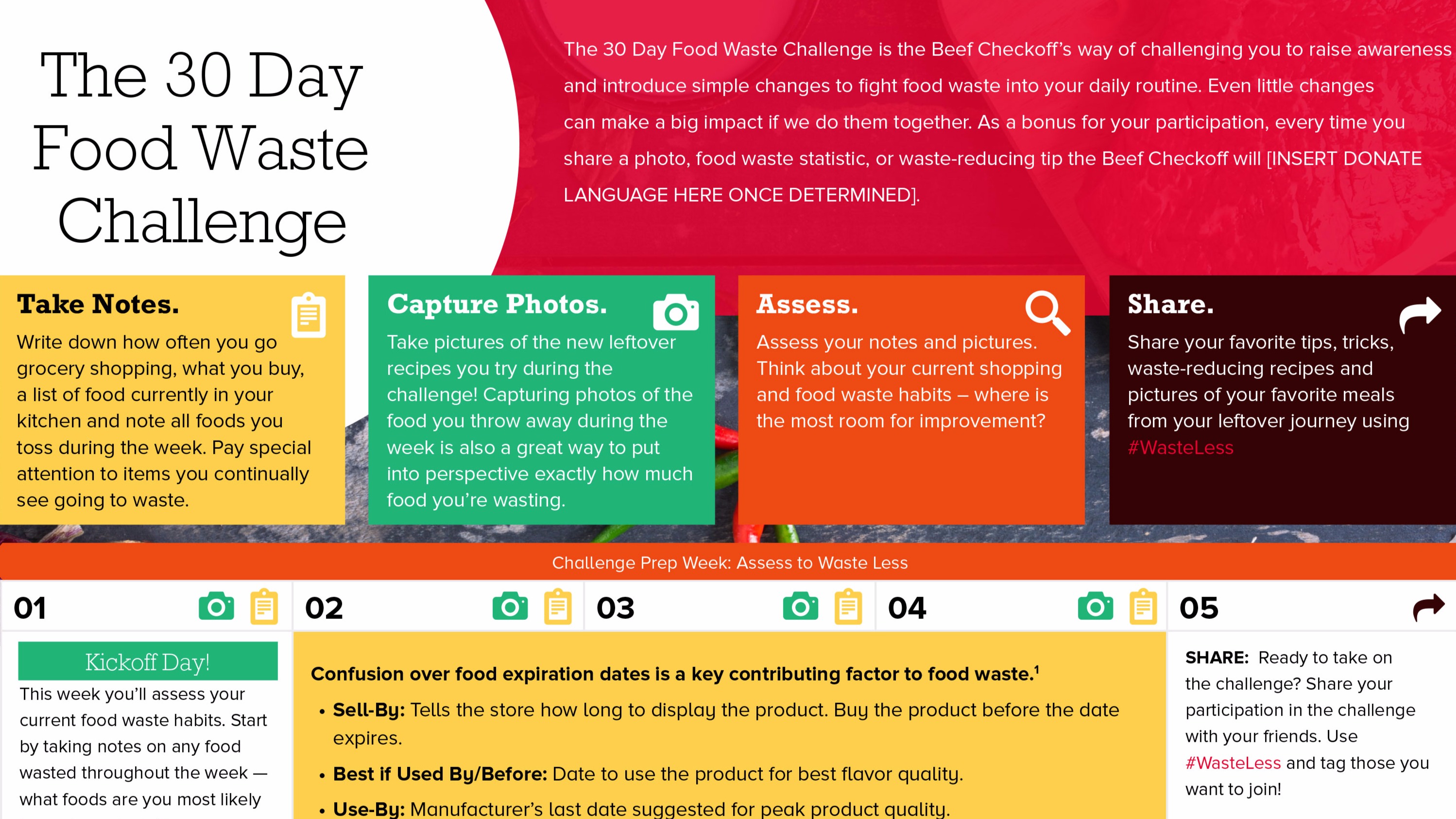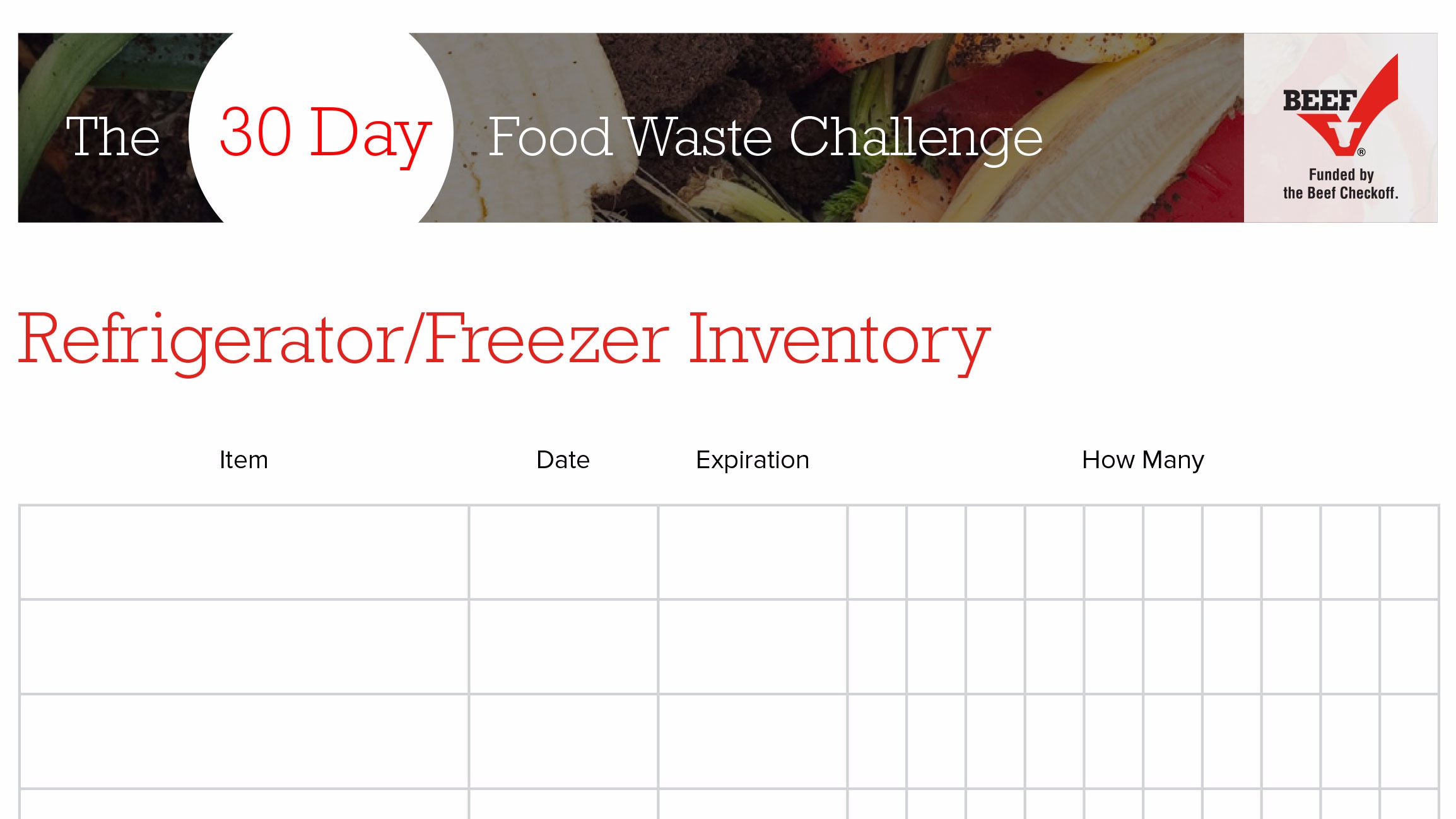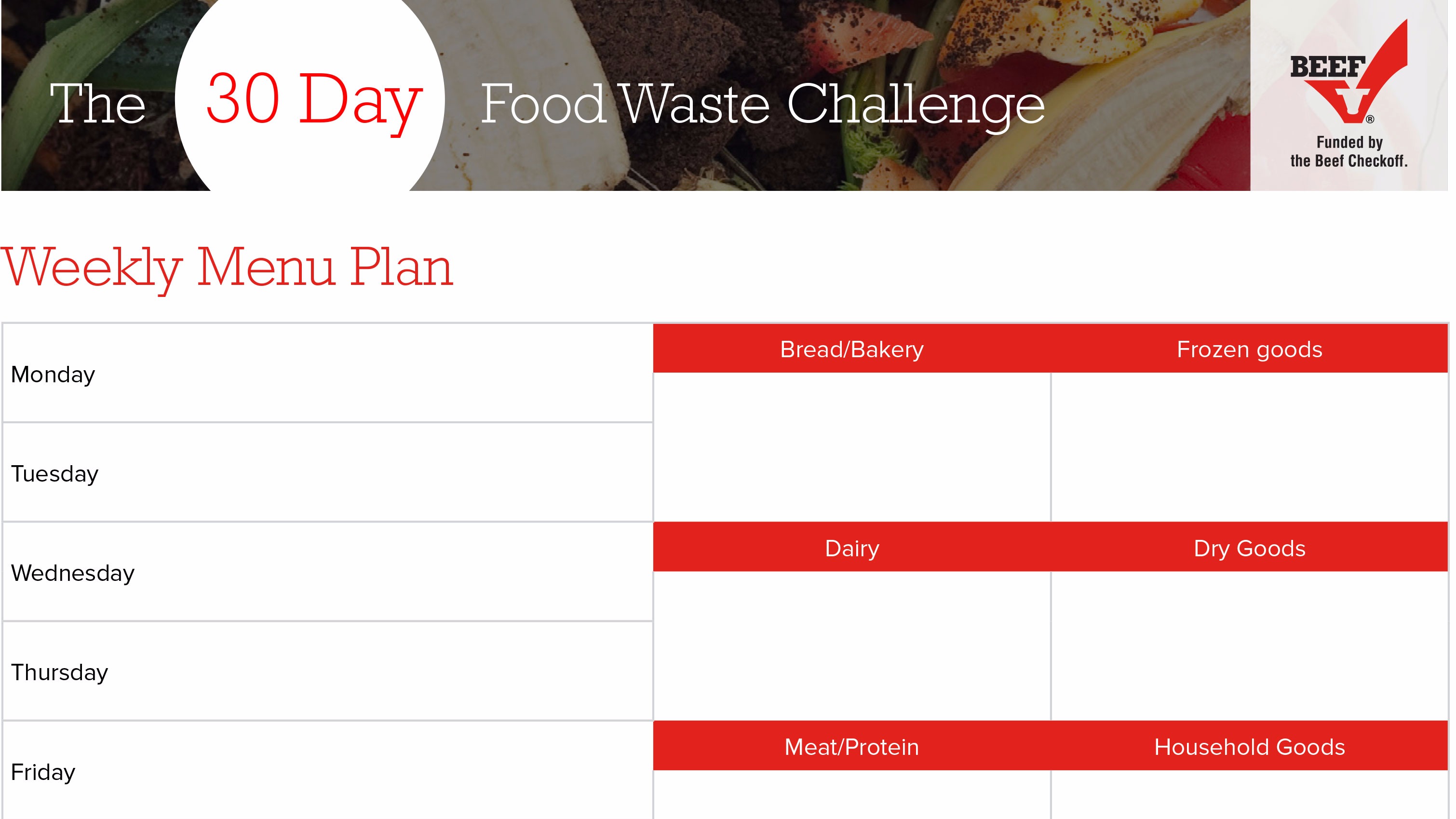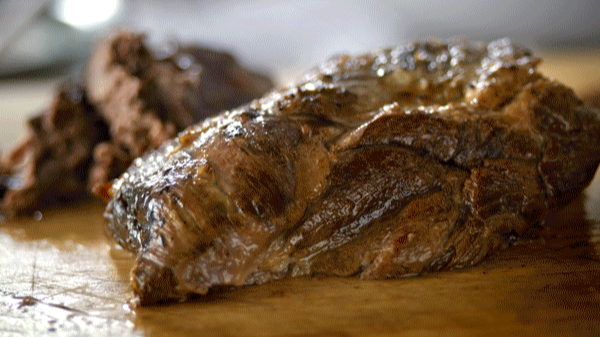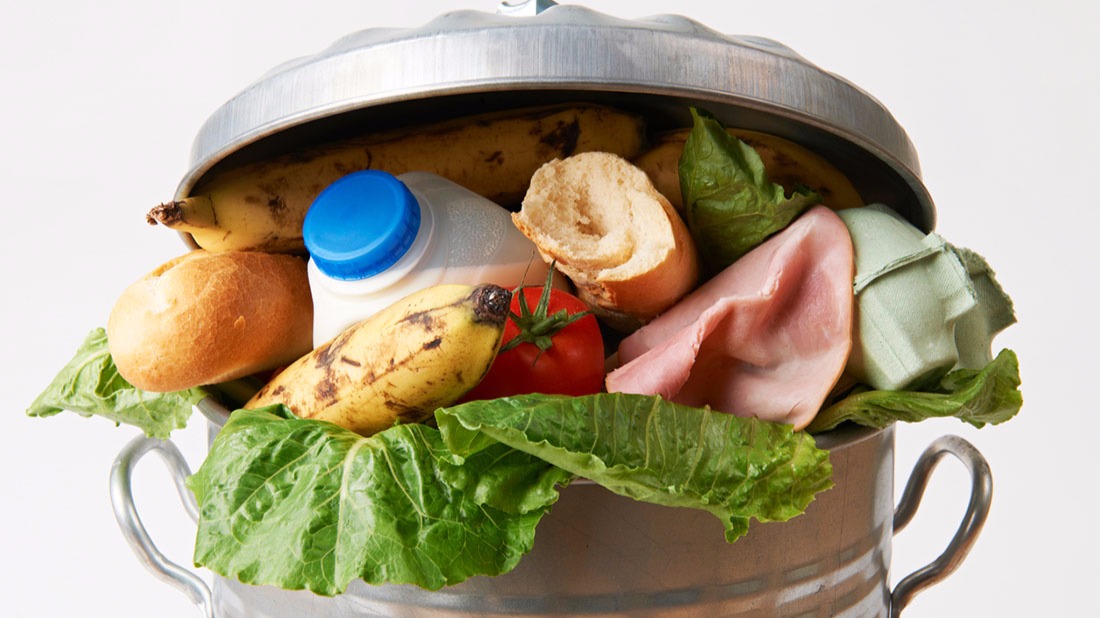
reducing food waste with food safety
Did you know the average American family wastes almost $2,200 every year on food waste? In fact, approximately 40% of food in the U.S. goes to waste. While there are many reasons this happens, one easily preventable source of food waste comes from throwing away wholesome food because it is stored incorrectly or because people don't fully understand how to read a label.
Who doesn't want to save more money on groceries? Reducing food waste doesn't have to be a daunting task. In fact, it's pretty easy with these 4 simple steps.
1. Shop the refrigerator first
Begin your menu planning using refrigerator ingredients you already have on hand. What recipes can you dish up with what you already have? Scroll to the bottom of the page for an awesome resource to help you make the most of what's in your fridge.

Whip-Up a Warm Stew or Soup
Soups or stews are a great way to include items you already have into a delicious meal. Add your unique twist to this Provencal Beef Stew by substituting vegetables you already have on hand.

Create a Colorful Salad
Yes, leftover steak happens every once in a while. This Farmer's Market Vegetable, Beef and Brown Rice Salad is the perfect carryover meal if you ever end up with leftovers.
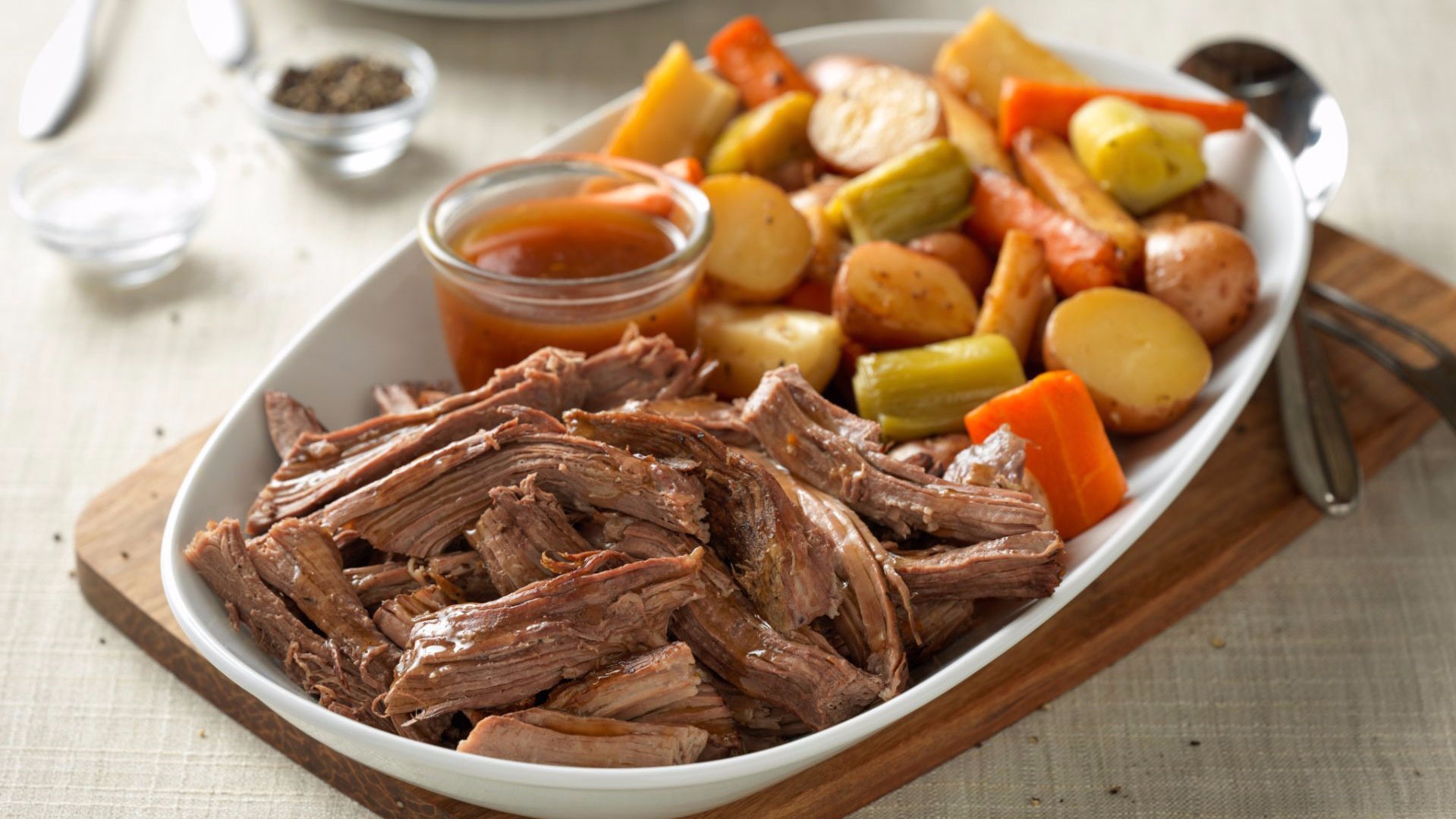
Show off with a sheet pan meal
Everyone loves the simplicity of a sheet pan meal. This is a great recipe to use other vegetables in your fridge or even bruised, chopped apples in place of the root vegetables.
2. Keep perishable foods at the right temperature
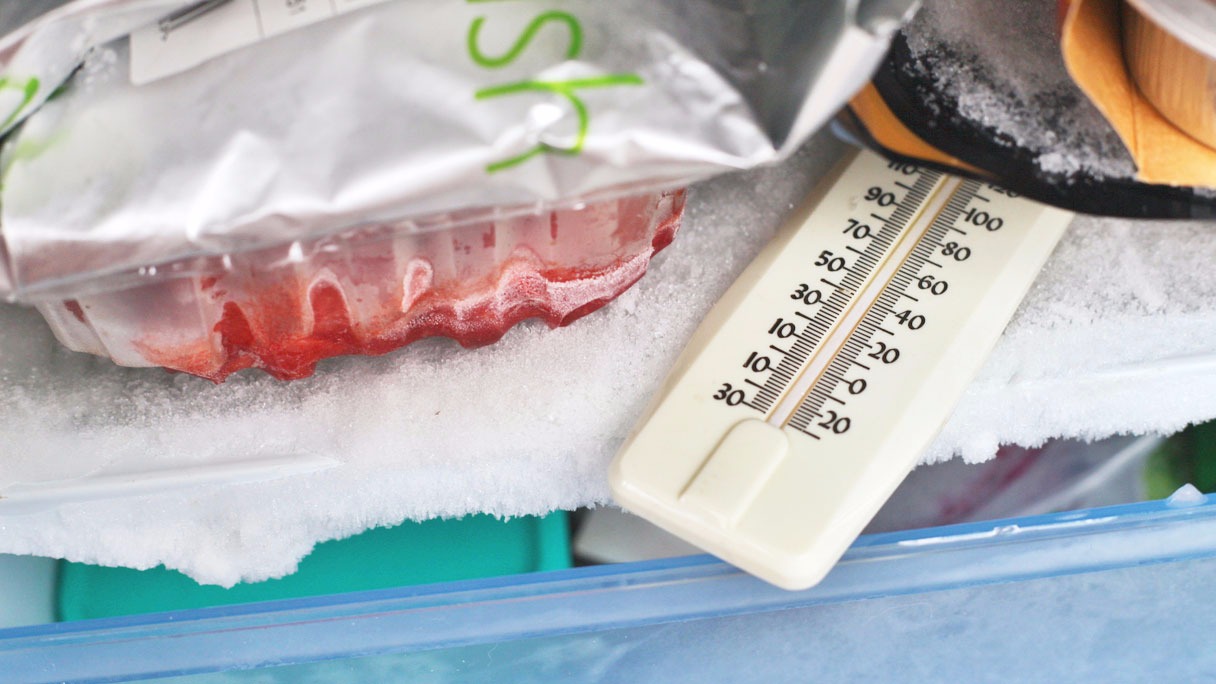
iT's all about the right temperature
The proper temperature for the fridge is between 35 degrees and 40 degrees Fahrenheit. Place beef and other meats on the bottom shelf of your fridge. Freezers should be set to 0 degrees or below. Beef can be frozen in its original package for up to two weeks in the freezer.
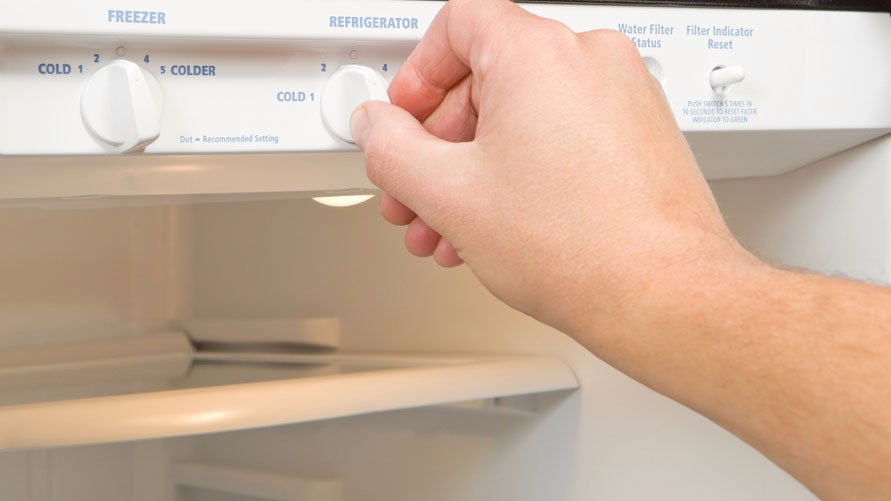
Use a thermometer
Don't trust the knobs and dials in your fridge because, in most models, they don't directly correlate to a temperature. Instead, try keeping a refrigerator thermometer on the shelf to make sure the temperatures of your fridge and freezer are correct.
3. Keep Food Fresh longer
One key to reducing food waste is understanding the "Sell-By" date and knowing when to transfer perishables from the fridge into the freezer.

How to choose beef
When shopping, grab your non-perishable items first and pick up beef just before checking out. If your trip home will take longer than 30 minutes, consider keeping it in a cooler. Purchase beef on or before the sell-by date and refrigerate it as soon as possible after purchasing. Choose beef that is firm to the touch, and make sure the package is cold with no holes or tears. The USDA generally recommends that ground beef be cooked within one to two days after purchase if stored in the refrigerator. Other cuts of beef should be cooked within three to five days after purchase, and already cooked beef should be eaten within three to four days.
when to freeze your beef
If you won’t be cooking or eating your beef within these timelines, then plan to freeze your beef in its original packaging for up to two weeks. For longer storage, wrap beef in heavy-duty aluminum foil or place in plastic freezer bags, removing as much air as possible. Label each package with the date, name of beef cut and weight. Practice the FIFO (first in, first out) inventory system. For more information on the best ways to store beef, visit Beef. It's Whats for Dinner.
4. MAKING SENSE OF THE LOOK AND THE LABEL
Over 90% of Americans may toss food too soon and this premature disposal of resources may be hitting at their wallets, too. One reason many people toss food is due to the confusion about the meaning of dates displayed on the label.

The "Sell-By" Date
The "Sell-By" date on beef tells the store the last day they should sell that particular package. It is not a safety date. Eat or freeze the beef by the time on the refrigerator chart unless that package gives a specific date.
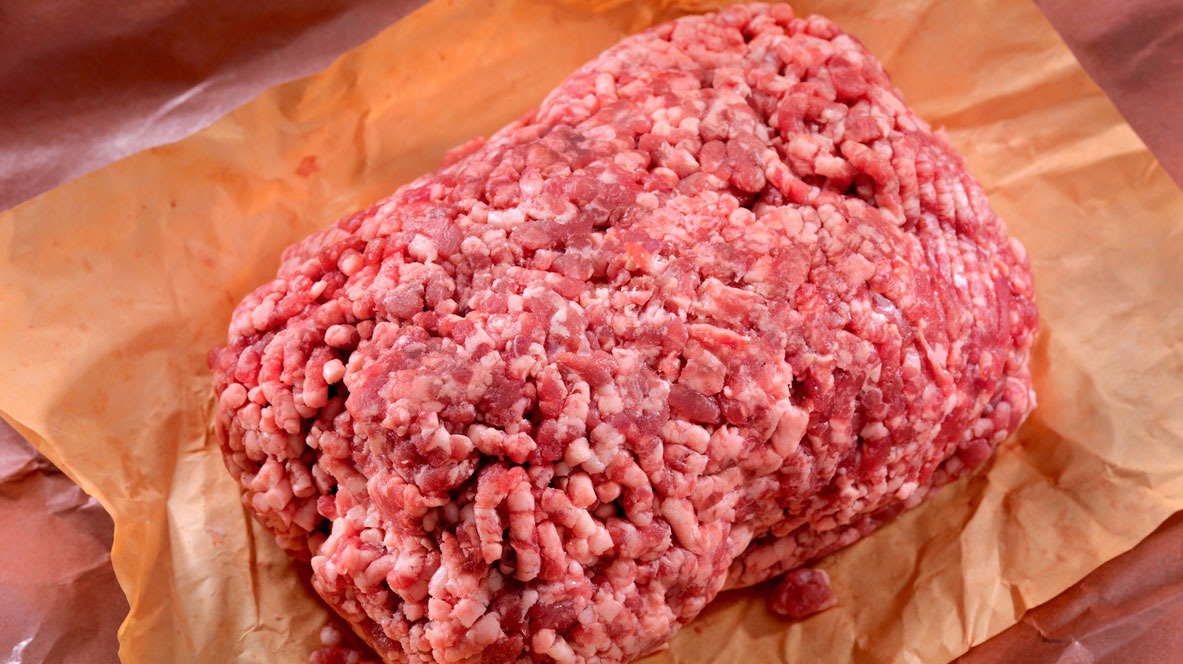
What affects the color of beef?
When shopping, select beef with a bright cherry-red color. This color is a result of the protein, myoglobin, which turns into oxymyoglobin and produces the bright color when it comes in contact with oxygen. However, note that not all beef is the same color. The color of beef is influenced by factors like diet, sex, exercise, and age.
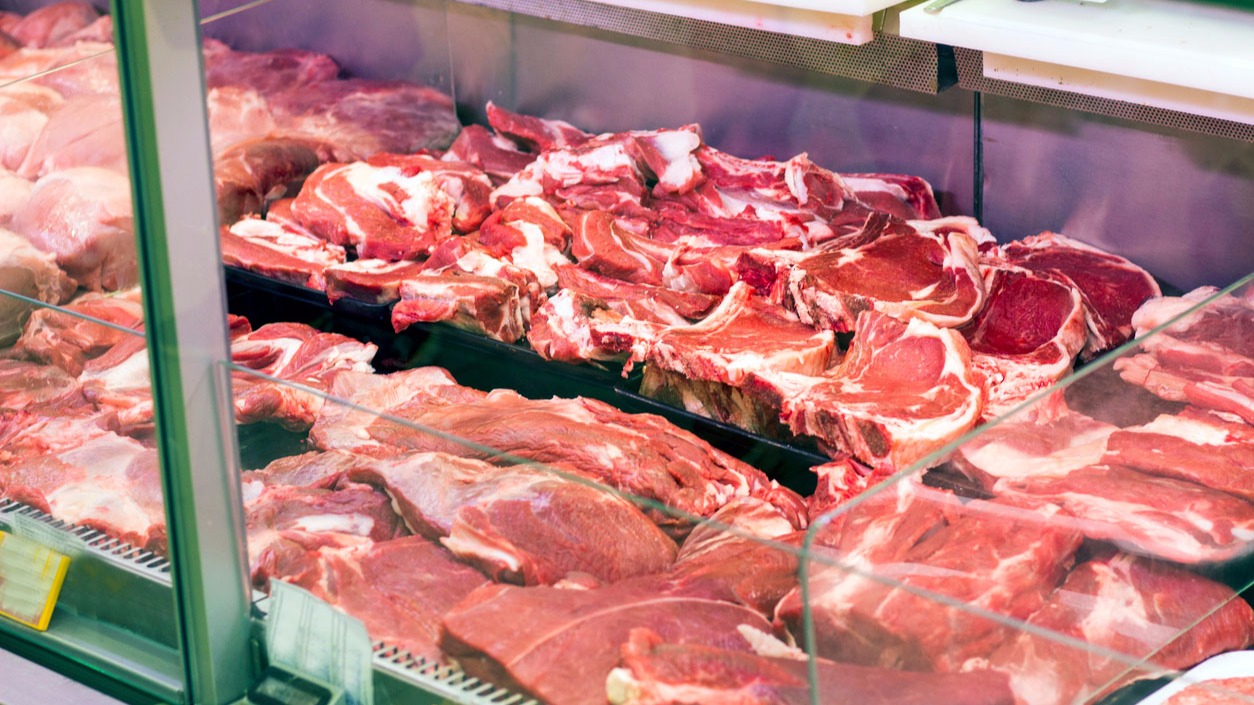
Move beyond the color test
Color changes are normal for fresh beef. Exposure to store lighting as well as the continued contact of myoglobin and oxymyoglobin with oxygen leads to the formation of metmyoglobin, a pigment that turns meat brownish-red. In short, it oxidizes. When meat turns this color, it doesn't mean it has spoiled. To identify if the meat is spoiled, check to see if there is an off odor or if the meat is sticky, tacky or slimy to the touch. If beef has developed these characteristics, it should not be used.
helpful resources
Reducing food waste might seem challenging, but it just takes a few simple steps to make a big difference. Check out these three resources that will help you have an immediate impact and save money at the grocery store.
sources
Academy of Nutrition and Dietetics. Reducing Food Wastes Infographic. Academy of Nutrition and Dietetics website. http://www.eatright.org/resource/homefoodsafety/multimedia/infographics/reducing-food-waste-infographic. Accessed October 20, 2017.
Academy of Nutrition and Dietetics. Understanding Food Labels. Academy of Nutrition and Dietetics website. http://www.eatright.org/resource/homefoodsafety/safety-tips/food-poisoning/understanding-food-labels. Accessed October 24, 2017.
Gunders, Dana. "Wasted: How America is losing up to 40 percent of its food from farm to fork to landfill." Natural Resources Defense Council Issue Paper. August 2012. http://www.usda.gov/oce/foodwaste/sources.htm
IFT. Date Labeling Confusion Contributes to Food Waste New Scientific Review Paper Calls for Collaboration to Develop a Simple, Workable Solution. Institute of Food Technologists website. http://www.ift.org/newsroom/news-releases/2014/june/23/date-labeling-contributes-to-food-waste.aspx. Accessed October 24, 2017.
U.S. Food and Drug Administration. Are You Storing Food Safely? FDA Web site. http://www.fda.gov/ForConsumers/ConsumerUpdates/ucm093704.htm. Accessed October 20, 2017.
